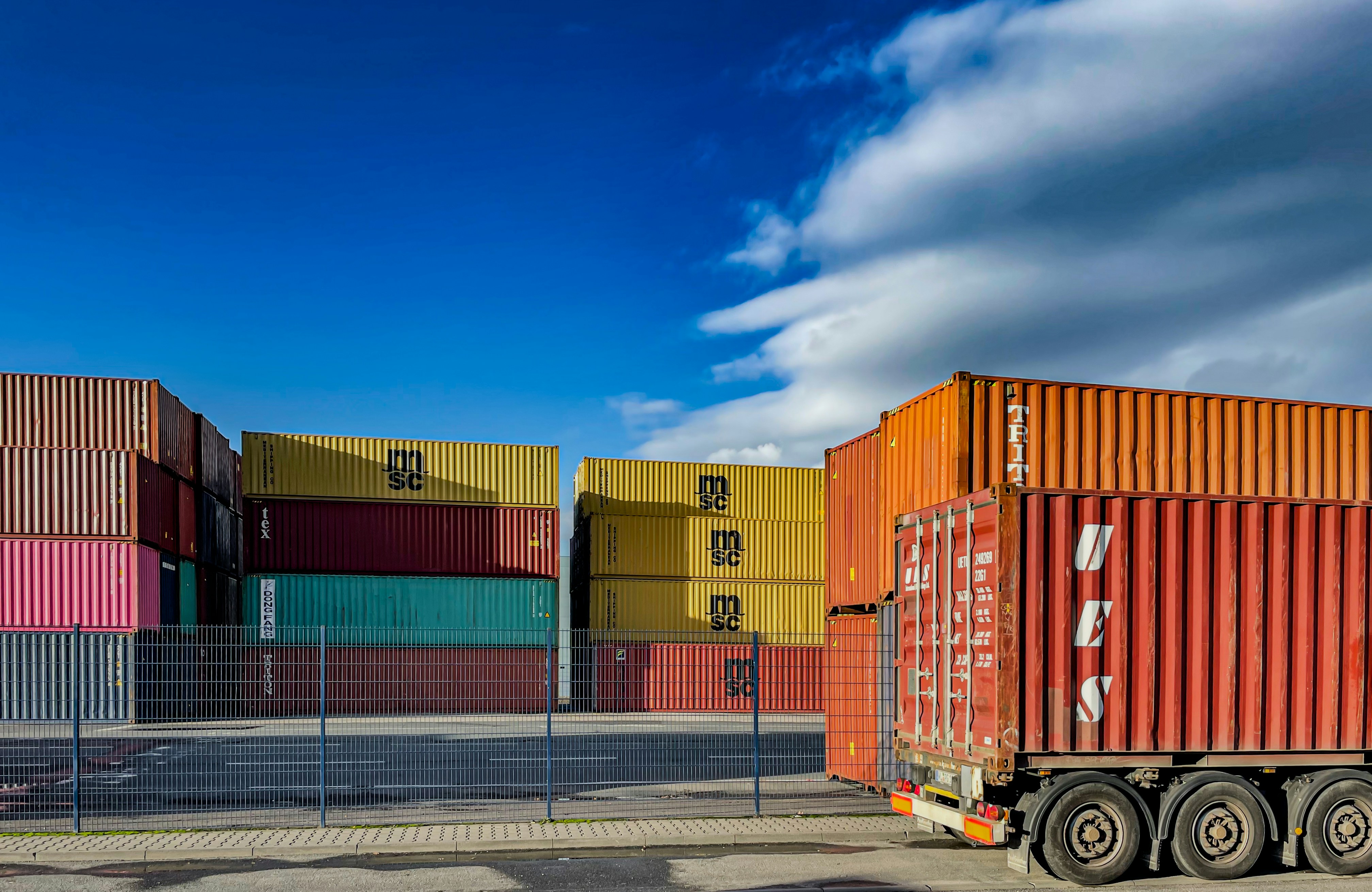Strategic Logistics: How Supply Chain Leaders Use Location Intelligence

In today's competitive e-commerce landscape, supply chain efficiency can make or break a business. Where you place warehouses, how you route deliveries, and which suppliers you choose all depend on one critical factor: location. Smart supply chain leaders use location intelligence to turn geography from a constraint into a competitive advantage.
The Modern Supply Chain Challenge
Supply chain directors face increasingly complex location decisions:
- Facility Placement: "Where should we locate our next distribution center?"
- Delivery Optimization: "How can we achieve same-day delivery cost-effectively?"
- Supplier Strategy: "Which suppliers offer the best location-cost balance?"
- Risk Management: "What happens if our main distribution hub goes down?"
- Market Expansion: "Which regions should we enter next for maximum ROI?"
Real Scenario: E-Commerce Distribution Expansion
Let's follow David, Supply Chain Director at a growing e-commerce company, as he plans their next distribution center:
"We need to add a distribution center to serve the Southeast. I need to analyze potential locations that minimize shipping costs, delivery times, and provide good backup options if our Atlanta hub has issues."
I'll analyze optimal distribution center locations across the Southeast region considering costs, delivery times, and strategic coverage.
route_analysis: candidate_locations → customer_density_zones
cost_analysis: shipping_distances + labor_costs + real_estate_prices
🎯 Distribution Center Analysis:
🏆 Winner: Nashville, Tennessee
Population Reach: 75M within 300 miles
Highway Access: I-40, I-65, I-24 intersection
Airport Proximity: BNA 12 miles (air freight)
Labor Cost: 15% below national average
Real Estate: $4.50/sq ft industrial
Delivery Coverage: 2-day to 80% of customers
Strategic Value: Central location provides optimal coverage for Southeast expansion while serving as backup for Atlanta operations. Strong logistics infrastructure and favorable business climate.
⚠️ Alternative: Charlotte, North Carolina
Population Reach: 68M within 300 miles
Highway Access: I-85, I-77 corridor
Airport Hub: Major cargo operations
Labor Cost: 8% below national average
Real Estate: $5.20/sq ft industrial
Delivery Coverage: 2-day to 72% of customers
Trade-offs: Strong East Coast coverage but less central for full Southeast. Excellent for serving Florida market specifically. Higher real estate costs offset by airport advantages.
📊 Financial Impact Analysis
Nashville vs. Current Network:
- 25% reduction in average shipping costs to Southeast
- 35% improvement in 2-day delivery coverage
- $2.3M annual savings in transportation costs
- $800K premium for same-day delivery in major cities
ROI Timeline: 18-month payback on $12M facility investment
🚛 Last-Mile Optimization Strategy:
🎯 Delivery Zone Optimization
Priority Markets from Nashville:
- Tier 1 (Same-Day): Nashville, Memphis, Knoxville metros
- Tier 2 (Next-Day): Louisville, Birmingham, Huntsville
- Tier 3 (2-Day): New Orleans, Mobile, Chattanooga
Local Delivery Partners: Identify optimal local carriers in each tier for final-mile efficiency
💡 Strategic Recommendation:
"Nashville provides the optimal balance of coverage, cost, and strategic flexibility. The location enables both Southeast expansion and redundancy for our Atlanta operations. Combined with Charlotte as a future East Coast hub, this creates a robust regional network."
Advanced Supply Chain Intelligence
🏭 Supplier Network Optimization
Beyond distribution, location intelligence optimizes supplier relationships:
- Proximity Analysis: Balance cost savings vs. shipping expenses from suppliers
- Risk Diversification: Avoid geographic concentration in supplier base
- Transport Infrastructure: Evaluate rail, road, and port access for different suppliers
- Backup Planning: Identify alternative suppliers by region for continuity
⚡ Disruption Response Planning
Prepare for the unexpected with scenario modeling:
- Natural Disasters: Hurricane, earthquake, flood impact on facilities
- Infrastructure Failures: Bridge closures, port strikes, rail disruptions
- Capacity Constraints: Peak season overflow and alternative routing
- Competitive Response: Market entry strategies and defensive positioning
Implementation for Supply Chain Teams
- Network Analysis: Map current facilities against customer density and costs
- Expansion Planning: Use location data to prioritize new market entry
- Vendor Evaluation: Include location factors in supplier scorecards
- Contingency Planning: Model disruption scenarios and backup strategies
Measurable Business Impact
According to academic research on AI in supply chain operations management and case studies from companies like Deere & Company (achieving $1 billion inventory reduction), supply chain teams using location intelligence report:
- 15-30% reduction in transportation costs through optimal facility placement
- 40% improvement in delivery speed with strategic distribution networks
- 25% faster new market entry with data-driven location selection
- 60% better disruption recovery through scenario-based planning
🎯 Real-World Success
Amazon's AI-driven supply chain exemplifies location intelligence at scale, reducing inventory costs, improving delivery times, and increasing sustainability. UPS's ORION system uses machine learning to assess millions of route options daily. SEUR collaborated with CARTO to optimize their cold transportation network, while JD Logistics achieved holistic optimization through AI integration.
In our Nashville example, David's data-driven approach could save $2.3M annually while improving customer satisfaction through faster deliveries – demonstrating how smart location decisions create competitive advantage.
Ready to optimize your supply chain strategy? Get started with Camino AI for intelligent location decisions. Explore our API documentation or try our interactive demo.

Ready to Ground Your AI in Reality?
Give your AI agents location intelligence with real-time data, spatial reasoning, and natural language understanding.
1,000 free API calls/month • No credit card required